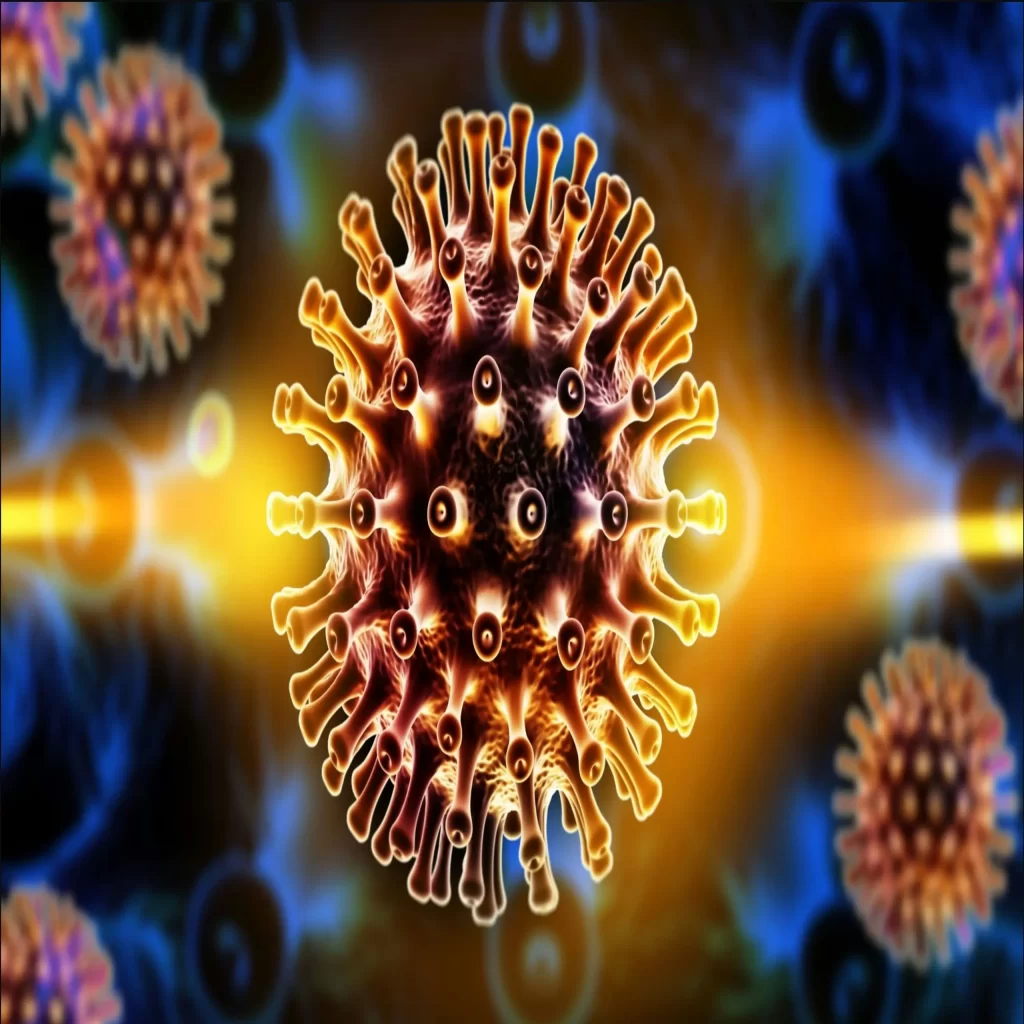
Four years passed before the world scientific community confirmed that the disease-causing LAV virus (later renamed HIV) was present in the outbreak of AIDS, in January 1983. Twenty years after the first AIDS cases appeared, medicine’s attitude towards the epidemic has undergone a radical change, putting the patient first. Today, the fact that a miracle drug has not yet been found causes the efforts to prevent the spread of the disease to concentrate on preventive measures.
The first AIDS cases were recorded in 1979 in the USA in California and New York: the patients were all homosexuals and teenagers. This initial observation had a very dangerous and severe impact on the social perception of the disease. But soon the disease was found in non-homosexuals, too, but this time in the majority of people with heroinmania, hemophilia, and blood transfusions. Then the disease was found in Haiti, then in the equatorial regions of Africa.
In 1981 the disease was named by a symbol made up of the letters AIDS (Eng. Acquired Immune Deficiency Syndrome; Acquired Immune Deficiency Syndrome). In 1984, the International Scientific Community accepted that the cause of the disease was a hitherto unknown virus. American Prof. Gallo‘s team named it HTLV 3; however, the same virus was transmitted to Prof. Pasteur from the Pasteur Institute in Paris a year ago. Montagnier’s team also found it and named this virus the LAV virus.
To sweeten the debate, the virus was given a new name and named HIV (Human Immunodeficiency Virus). When the second virus (HIV 2) was found in 1986, the first found was called HIV 1. This second adjective was found in patients of West African descent, was not as contagious as the first and therefore did not become widespread worldwide.
The discovery of the virus led to the development of a technique to look for anti-HIV antibodies that show up in the blood of infected people a few weeks after infection. Those who carry the virus are seropositive for HIV. The test may reveal seropositivity long before the disease is known.
Virological Appearance
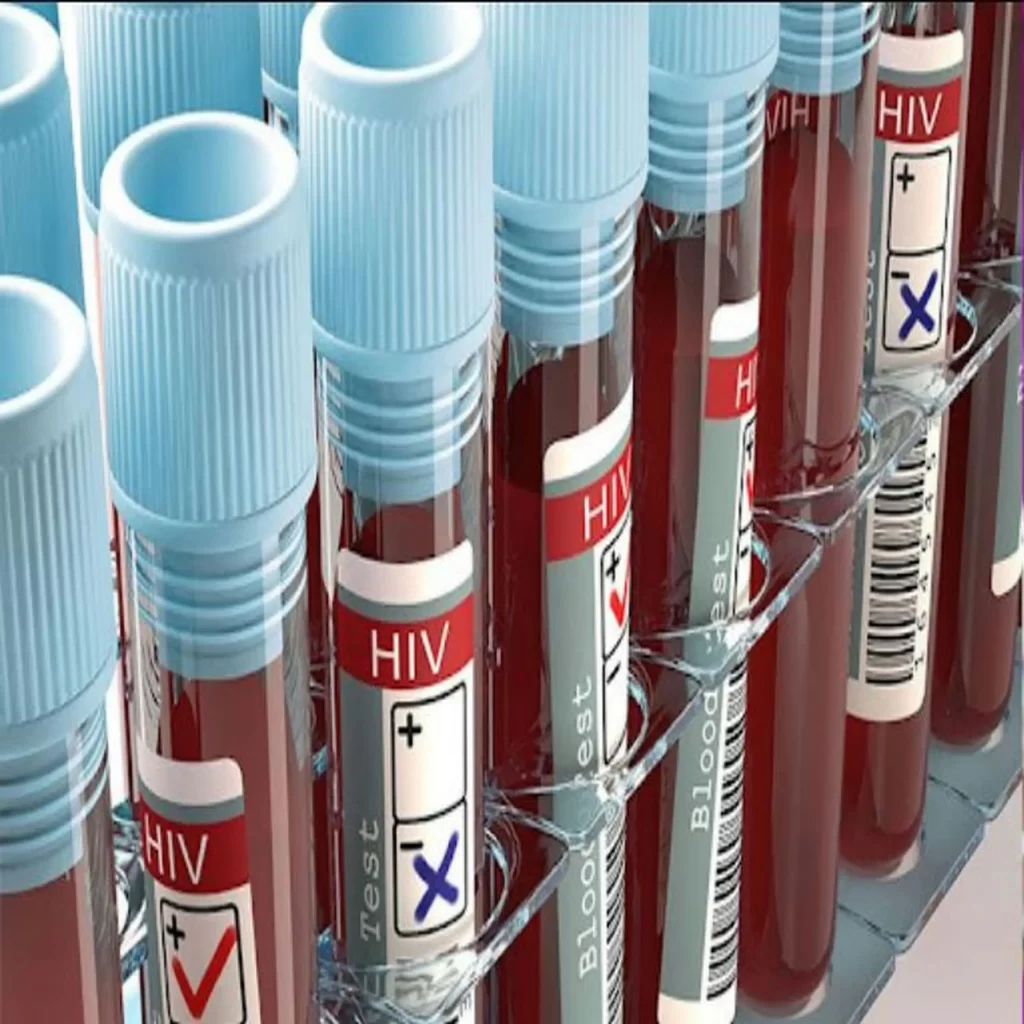
HIV is a very small virus from the retrovirus group; its main feature is that its genetic code is RNA – whereas all living cells and other viruses have DNA – and it carries an enzyme called reversible transcriptase; this enzyme is able to convert the RNA of the virus into DNA inside the infected cell: this is an inevitable step for the virus genome to integrate with the DNA in the cell chromosomes.
The RNA molecule in HIV is covered with a protein and protein-like sheath that surrounds it; This lipid and protein sheath allows the virus to attach to the target cell, as well as allowing RNA and reversible transcriptase to enter cells.
Therefore, in order to find a therapeutic vaccine, it is essential to know these proteins thoroughly. However, the fact that some parts of the virus’s structure are very variable due to frequent mutations creates very complex questions in terms of vaccine making.
The RNA of the virus consists of many genes: some of them encode its internal proteins (Gag genes), some encode the enzymes necessary for the virus to replicate and reproduce (Pol genes) , and some serve to encode its outer proteins (ENR genes) . Some genes, such as the neph and taste genes, have been particularly studied.
The nef gene enables the synthesis of a protein that can destroy the CD4 receptors of infected cells and plays an important role in the progression of the disease; the tat gene accelerates the synthesis of virus particles. Many species of mammals may have viral infections of the retrovirus genus (bovine leukosis, feline “AIDS“, etc.); on the other hand, although animal viruses are dangerous for humans, HIV virus does not cause any disease in animals.
HIV specifically attaches to defense cells, to receptor molecules called CD4 on the surface. These are defense cells found in various parts of the body: primarily some white blood cells (CD4+ or T4 renfocytes, monocytes, or macrophages) and also defense cells (Langerhans Cells) found in the liver, spleen, lymph nodes, brain (glia cells), skin, and mucous membranes.
When the virus settles in the cell, its genome fuses with the cell’s chromosomes. In this case, there are two possibilities: either HIV does not take action, the infected cell continues to work; or the virus takes action and multiplies inside the cell, which then goes and spreads to other defense cells. In both cases, the virus is found in the sexual secretions and blood.
Therefore, it can be transmitted to other people: HIV is damaged by physical and chemical effects outside the organism: It is destroyed by heat above 56°C, alcohol, bleach and most detergents: on the other hand, it is resistant to cold and ultraviolet rays.
Physiopathology of HIV Infection
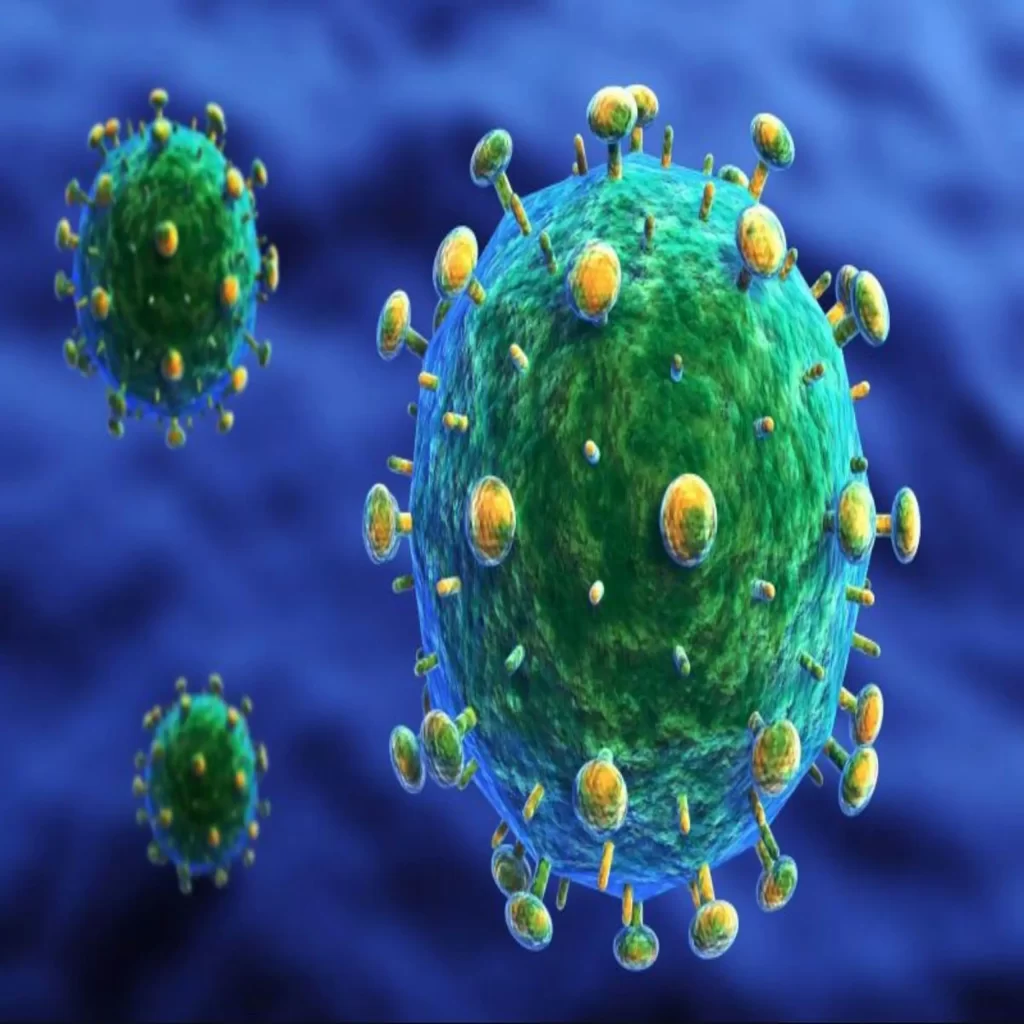
The mechanisms of HIV leading to AIDS are not yet well known. The number of CD4+ lymphocytes in the blood appears to be declining, and this is still the best indication that the disease is progressing (which is why the amount of this cell is observed regularly in those who are seropositive).
This means that only a small number of these cells are infected with the virus. One of the hypotheses put forward to explain the death of CD4+ lymphocytes relies on the concept of apoptosis; the behavior of the cell is a programmed suicide, the program creates HIV infection: just as trees lose their leaves in autumn, the organism creates processes of destruction of its own cells, these processes can be disrupted and activated by the contribution of HIV.
During retrovirus infection, the amount of virus, virus attack increases gradually in the blood, especially in the lymph ganglia. Virus attack measurement techniques, which are still under investigation, will provide the opportunity to quickly evaluate the effect of virus drugs.
Transmission Routes
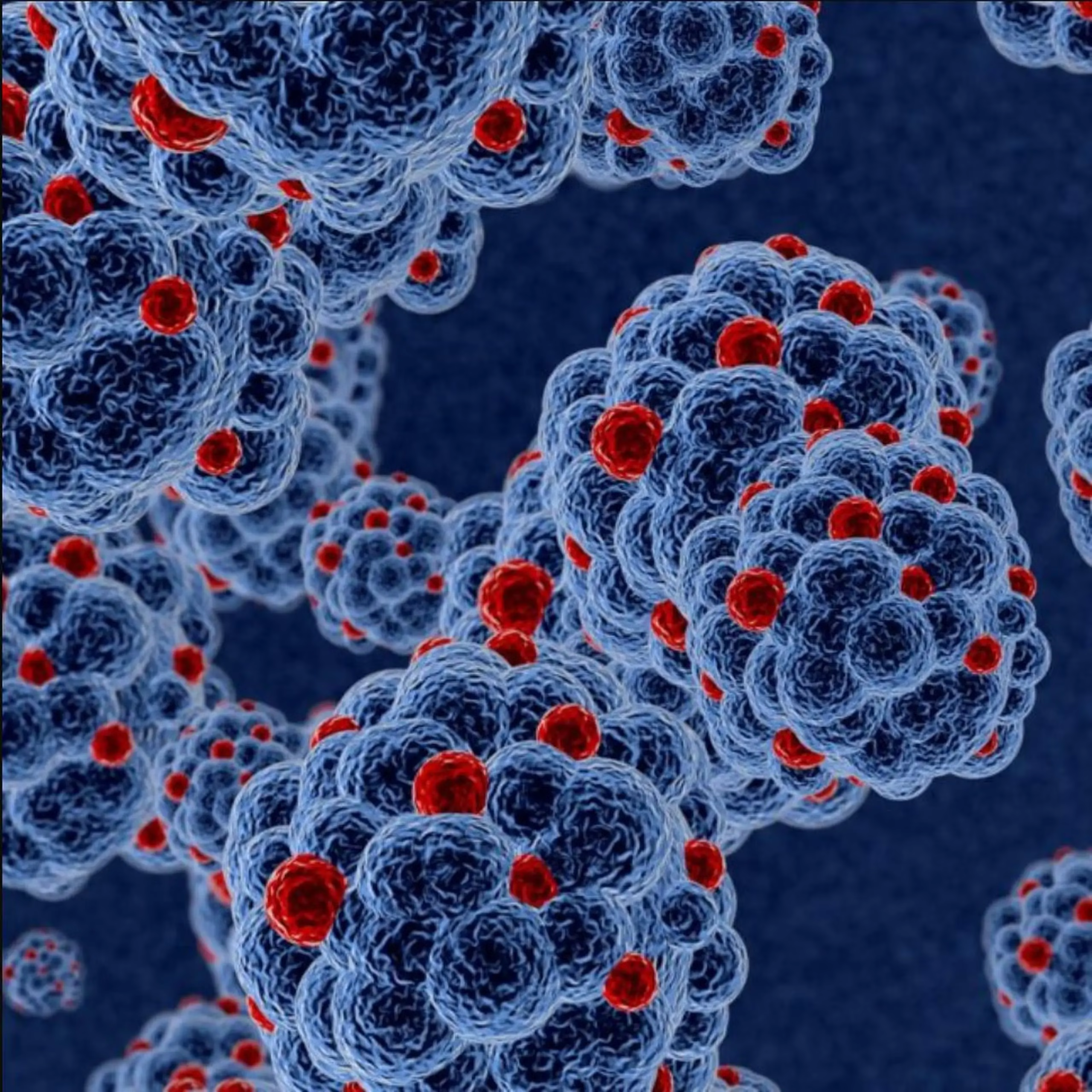
There is no risk of transmission of HIV during daily work. In a family where there is a person who has been infected before, there is a risk of infecting only his/her spouse; The precaution to be taken is to comply with the basic health rules. Even if the virus is found in tears and saliva (there is a virus-retaining substance), its amount is dangerously small. In addition, since the skin is not infected with the virus, HIV is not transmitted by the bite of a suspected mosquito.
Blood Path: It is the shortest path. The vast majority of cases of transmission are due to infected blood transfusions or transplantation of organs from seropositive donors. The risks associated with this kind of contamination seem to have disappeared, as blood or organ donors are systematically tested. The risk of transmission is very high (50%) in patients with hemophilia, where blood from hundreds of data is collected, concentrated and given piecemeal. Today these concentrated parts are given by heating, so it is harmless.
The risk of accidental contamination of needles with fresh blood to nurses or doctors is about three per thousand. The risk of accidental injection in public places is virtually zero, because the virus is destroyed in the open air. But the use of the same syringe in drug users is one of the main spreads of the disease in Southern Europe and the USA.
Sexual Path: Having sexual intercourse with a seropositive person carries risks, even if the mucous membranes are intact: an infection in the genitals or trauma to the mucous membranes increases the risk. The risk of transmission of AIDS from a seropositive man to a seronegative woman upon vaginal entry is higher than the risk of transmission from a seropositive woman to a seronegative man. The menstrual period is the most contagious period in women. Reverse intercourse increases the risk threefold.
The HIV-infected person varies over time, because the amount of virus in sexual epidemics varies according to her condition, that is, whether she is in a dormant state or not. This means that a virus carrier can infect many people in a very short time with the virus; on the contrary, although one of the spouses is seropositive and continues to have sexual intercourse for months or even years without any protective measures, it may not infect his partner. HIV is less contagious than syphilis or hepatitis B.
Statistically speaking, oral intercourse carries little risk compared to full intercourse. No cases of transmission by kissing have been found; so kissing seems harmless in this respect.
Pregnancy and breast-feeding: A seropositive woman has a 20% to 50% risk of transmitting the virus to her child, and the risk increases if the mother is at an advanced stage. Transmission can occur during the last two trimesters of pregnancy. Caesarean section does not reduce the risk. Prenatal diagnosis is not possible. Breastfeeding is strictly not recommended.
AIDS: Natural History and Clinical Manifestations
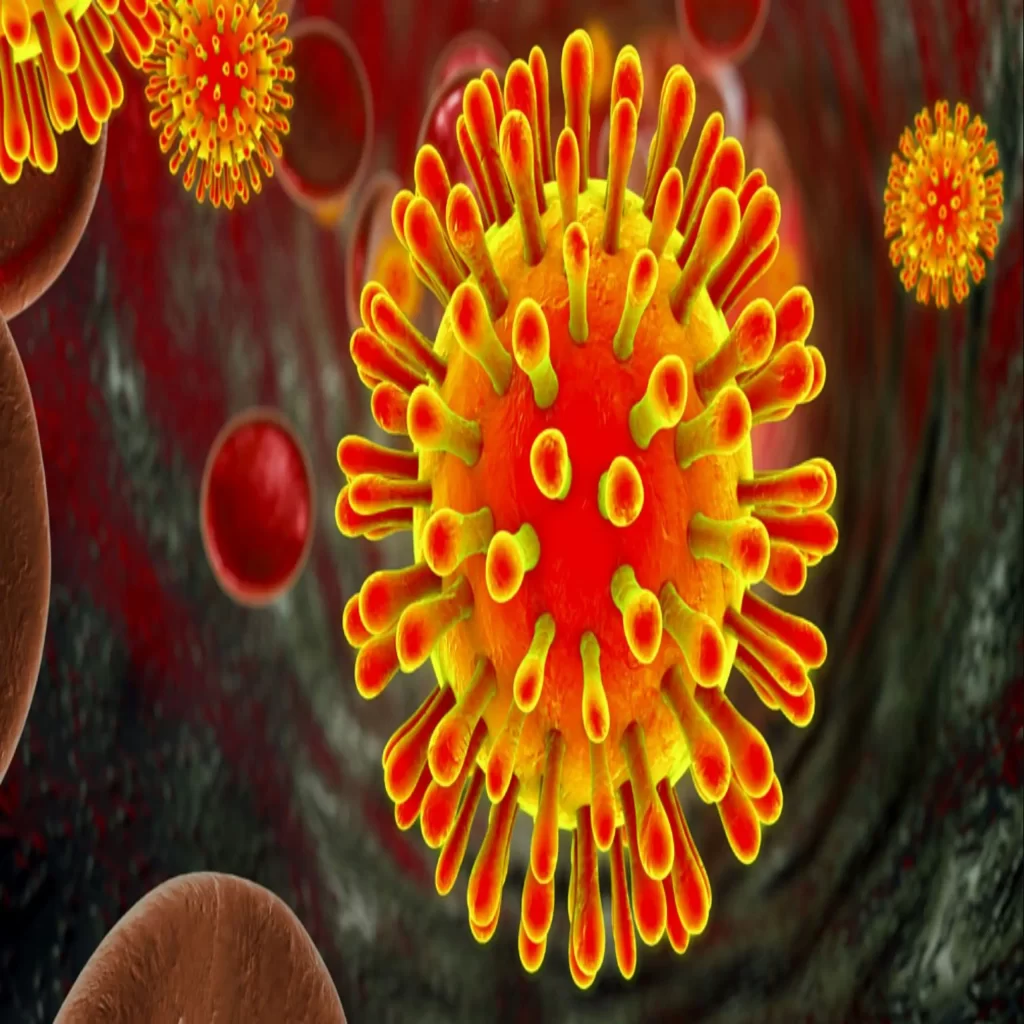
In the weeks following the infection, symptoms such as fever, swelling of the glands, skin rash, nervous and digestive disorders may occur (20 to 30% of the events), this is called the first infection. But most of the time there are no symptoms. But in all cases the symptoms disappear on their own and the person becomes an asymptomatic carrier of the virus, but at least the swelling (enlargement of some ganglia) remains.
The asymptomatic phase lasts for years. The person carrying the virus may transmit it to someone else, but he or she does not show any signs of illness. The virus increasingly impairs the immune system; deterioration may be more or less rapid according to patients; What is the share of the virus in this, what is the share of the person (genetic factors, other virus infection or psychological factors) cannot be predicted. Ten years after contracting the virus, close to half of patients will have AIDS, with more than one-third showing signs of biological immunodeficiency.
Minor signs of infection may appear before AIDS breaks out. These are grouped under the name ARC (AIDS Related Complex) or pre-AIDS. These are general symptoms that can also be seen in other diseases: fever, persistent and severe diarrhea, unexplained weight loss of more than 10 kg, thrush in the mouth, etc. These symptoms are signs of a major deterioration in the immune system and that the retrovirus infection has progressed well towards AIDS.
AIDS occurs when the immune system is completely bankrupt. A doctor will diagnose AIDS if a seropositive person finds an opportunistic infection, a cancer (Kaposi’s sarcoma, lymphoma) or a severe disorder of the nervous system, or a sign of severe weakening (a condition called slim disease, more common in Africa than in the West).
Severe infections caused by microbes that do not cause disease in normal people or cause a harmless disease are called opportunistic infections. Opportunistic microbes are not contagious; In other words, they do not make people sick with a normal immune system. This fact is very important and shows that any patient isolation is useless. There is only one exception to this: tuberculosis. Treatment for every AIDS patient, whether TB, seropositive or not, requires isolation in the first days.
Treatment
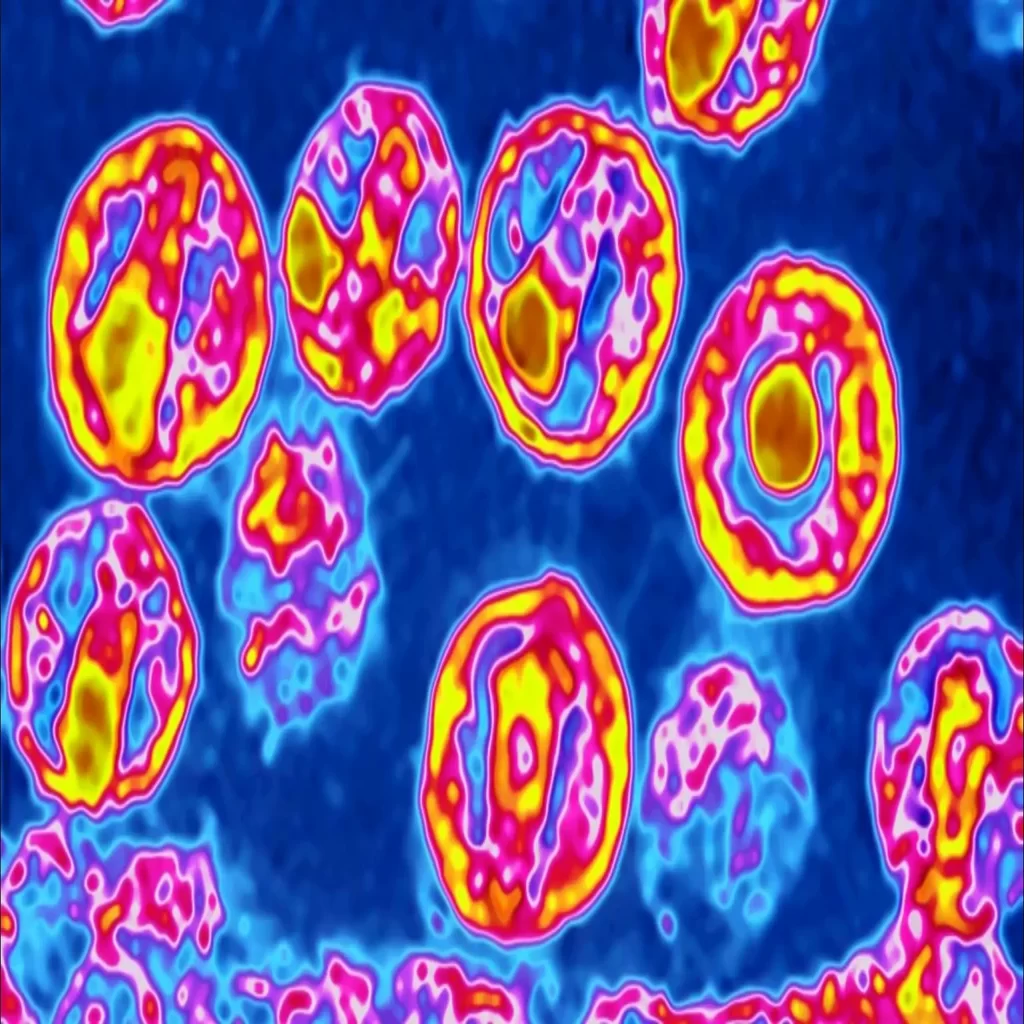
Its current tension gives a good assessment of the power of progression of the infection. In some people, HIV completely disrupts the immune system within two or three years, causing major infections called AIDS; in some large numbers of people, the virus remains latent or dormant for ten years or even more.
There are many treatment methods that give very effective results at different levels during infection: that is, to treat opportunistic infections that can be destroyed by drugs, to develop anti-HIV drugs directly (they do not destroy the virus, but prevent it from multiplying in the organism). AZT (Zidovudine), DDI, DDC are some of these drugs.
These are all reversible transcriptase-arresting drugs. With these drugs, preventive therapy can be carried out: as soon as biological manifestations of immunodeficiency appear, it is attached to it; The main criterion for estimating the probability of an outbreak of infections is the amount of T4 lymphocytes.
The aim is not only to cure AIDS, but also to prevent or delay its occurrence. These new strategies, which seek to target and correct seropositivity, are justified in promoting early detection of retrovirus infection. Complex reasons such as antigen changes in the virus, the ability of the virus to remain hidden in the organism and poverty from the animal model make it difficult to find a vaccine; but the studies are at least helpful in recognizing the decisive developments.
Preventive Measures: Successes, Challenges
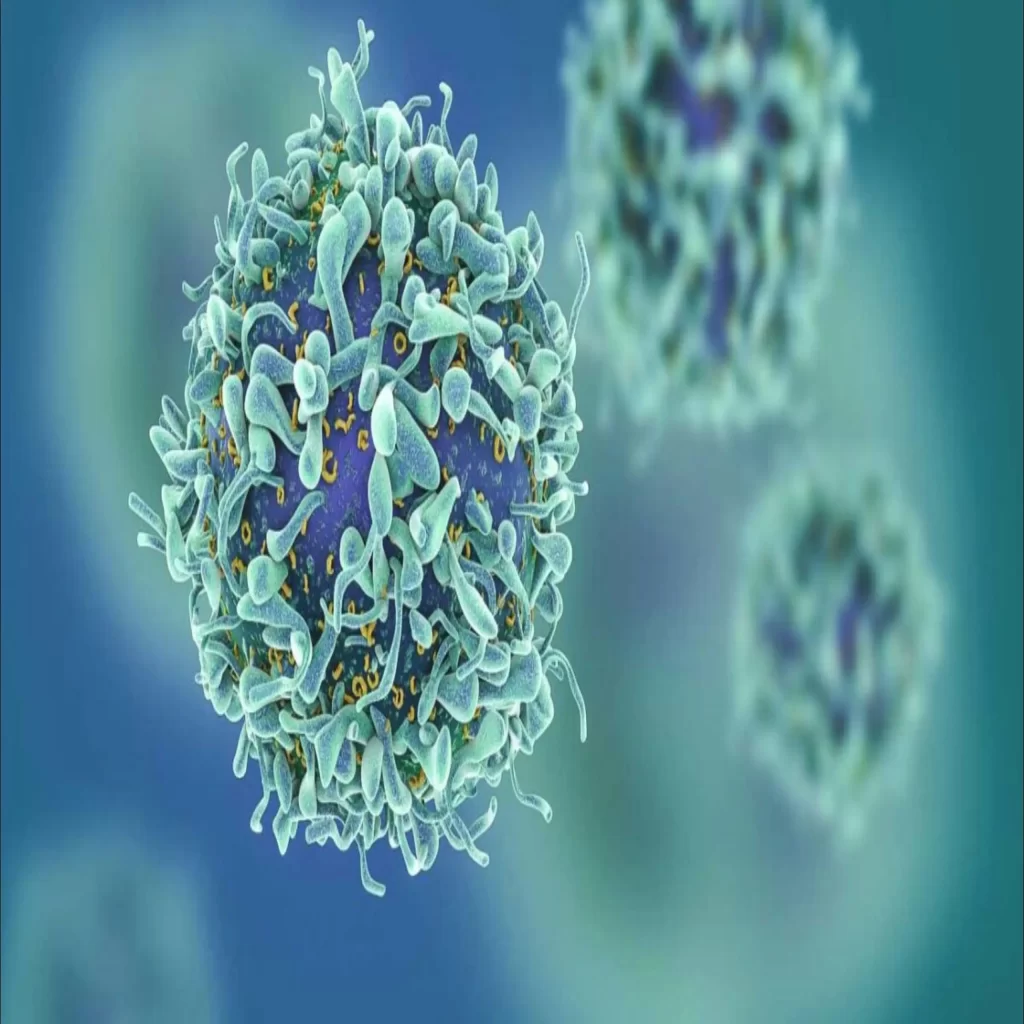
Figures for AIDS show the evolution of the epidemic among various population groups, but the reporting of AIDS is delayed as it is made many years after transmission. The emergence of AIDS in people with special conditions led to the birth of the first of the fabrications about the disease, namely the risky group tale. This concept, which was put forward to monitor the progress of the disease among the people and spread by the press, only reinforced the feeling that “this disease can only happen to others”.
The argument put forward as a preventive measure in some countries was: «AIDS will not pass me by»
Although the ways of transmission are revealed very quickly and successive disease events show that anyone can get the virus, regardless of age, race, skin or country, it takes many years to switch from the not very appropriate concept of “risk group” to the more useful concept of “risky life”. will have to wait.
Another obstacle in taking preventive measures is the dissemination of false or contradictory information, which is strongly supported by the media. Despite the severity of the disease, no information, not even referrals, was effective in changing behavior. Preventive action is to feel responsible, to argue with and with others.
Publishing preventive action messages is not enough. The important thing is to make people adopt them, or even better, to find them.
Is it conceivable to end the epidemic by implementing a systematic and mandatory screening? Taking into account the time it takes for antibodies to form and appear, it turns out that systematic screening is not suitable for detecting all virus carriers, but scanning can create a false sense of security, leading to a relaxation of preventive measures.
In addition, the governing organization will attempt to unnecessarily test people who carry little risk, leaving the marginal segment of society to the side that receives a lot of attention. Moreover, such a scan is very costly. A test to be administered to 30 million people in a country of 60 million would cost about a billion dollars every year and every six months.
It is not possible to spend that much money on research, preventive measures, or patient treatment.
Repeated testing does not protect the tested person: one in two newly infected people is someone who has had at least one test. This means that what matters is not the test itself, but the way it takes place in the person’s life and the role it plays in a previous attempt: a test taken when a person enters a love affair is of quite different value than a test at an administrative invitation.











